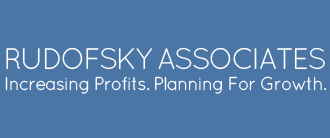Introductory Finance for Business
I am scheduled to teach Introductory Finance for Business at The New School 4pm Mondays, starting 8/30/10. The course provides an understanding of financial statements and concepts for students with no prior knowledge of the subject and is enlivened by excerpts from TV and Movies that deal with business finance. We need just a few more students for the course to be a “go”. (9/27 update: We got the needed students, and just had our fourth class this evening)
For more details, please click here, and then click on “business and management”, and then click on course NMGT 2133. Please help me pass the word, the course is open to the general public, thanks!
Here are five questions from a practice exam I gave to my students in a prior year; how many of these can you solve?
1. If a company with $3 million annual revenue decreases its accounts receivables from 45 days outstanding to 30 days outstanding how much cash is freed up?
2. An investor buys a 30-year, 10% interest bond, for $100,000. If interest rates increase to 20%, the value of this bond would change to:
a. $50,211
b. $91,667
c. $104,762
d. $176,862
3. Which of the following statements distinguishing debt versus equity is true?
a. Debt is an ownership interest, while equity is not
b. A publicly-owned firm’s equity has a fluctuating market price, not its debt
c. An all-debt firm is more likely to go bankrupt than an all-equity firm
d. Companies must have some debt in place before they can sell equity
4. A firm has operating income of $50 million, interest expense of $18 million, dividends paid of $15 million, and a 40% tax rate, what is net income?
a. $10.2 million
b. $12.8 million
c. $19.2 million
d. $21.0 million
5. A premium bond has a coupon rate that:
a. is less than the yield to maturity.
b. equals zero.
c. must be variable.
d. equals the current yield.
e. exceeds the yield to maturity
ANSWERS: 1. $123,288, 2A, 3C, 4C, 5E


